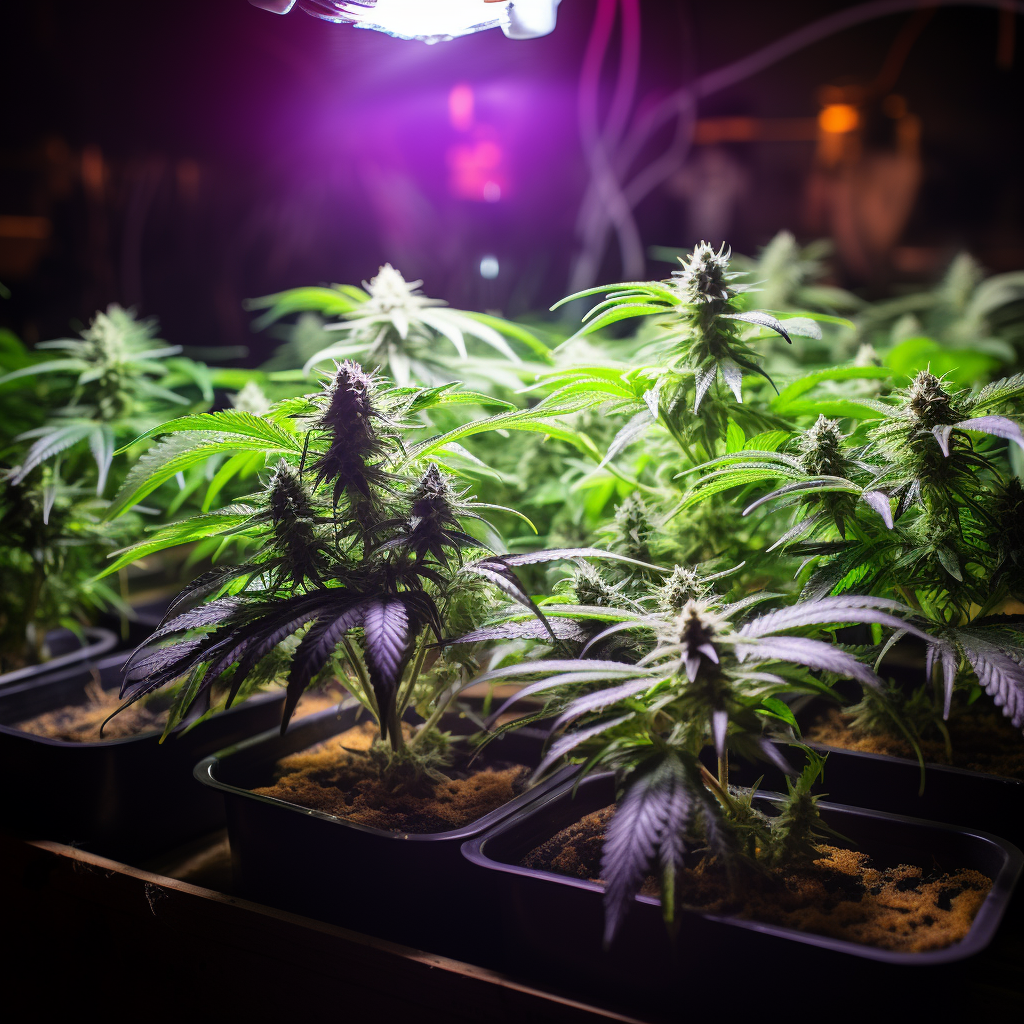For the aspiring cannabis cultivator, understanding how to keep your plants healthy and thriving can be a complex task.
One common issue that many growers face is light burn – a problem that, if left unchecked, can severely impact the health and yield of your cannabis plants.
Fear not, green thumb in training, as we’re about to delve deep into the world of cannabis cultivation, helping you learn to identify and rectify light burn effectively.

Recognizing Light Burn in Cannabis Plants
Light burn, or light stress, happens when your cannabis plants receive too much light. It can be a common issue for indoor growers who use powerful grow lights, but it can also affect outdoor plants exposed to intense, direct sunlight.
1. Spotting the Signs: Light burn typically affects the upper leaves of your plant – those closest to the light source. Look out for yellowing or whitening of the leaves, often starting at the tips and edges. Unlike nutrient deficiencies, which often affect the entire plant, light burn usually only affects the parts of the plant that are closest to the light.
2. Progression of Damage: If the light burn continues unchecked, the affected leaves may start to curl, dry out, and become crispy. These symptoms can often be mistaken for nutrient burn, but remember, nutrient burn affects the entire plant, not just the uppermost leaves.
3. Buds and Light Burn: In severe cases, light burn can even affect the buds of your cannabis plant. If the buds closest to the light source start to turn brown or appear bleached, it’s a clear sign of light burn.
Addressing Light Burn in Your Cannabis Garden
Once you’ve identified light burn in your cannabis plants, it’s crucial to take steps to address the issue. Here’s how:
1. Adjust Your Lights: If you’re growing cannabis indoors, consider moving your grow lights further away from the tops of your plants. As a rule of thumb, more powerful lights need to be placed further away. If adjusting the lights isn’t possible, you might need to limit the amount of time the plants are exposed to the light.
2. Provide Shade for Outdoor Plants: For outdoor cannabis plants suffering from light burn, consider providing some shade to protect them from the harshest midday sun. You can use a cloth, netting, or even a patio umbrella to shield your plants without completely blocking out the sunlight.
3. Monitor Temperature and Humidity: Excessive light can cause the grow area to become too hot, exacerbating light burn. Make sure to keep an eye on temperature and humidity levels, and adjust as necessary to keep your plants in a comfortable range.
4. Hydrate Wisely: Ensure your cannabis plants are receiving the right amount of water. Overwatering or underwatering can stress your plants, making them more susceptible to light burn.
5. Preventative Measures: Implementing a training method like Low Stress Training (LST) can help keep all parts of your plants an equal distance from the light source, reducing the risk of light burn. Regularly rotating your plants can also ensure that they don’t receive too much light on one side.
Guiding Your Cannabis Plants to Health
Light burn can be a detrimental issue for your cannabis plants if left unchecked, but with the right knowledge and tools at your disposal, it’s an issue that can be effectively addressed.
By recognizing the signs of light burn and taking steps to correct it, you can ensure that your cannabis plants stay healthy, vibrant, and high-yielding. Cultivating cannabis can be an extremely rewarding endeavor.






Hello.i recently added a light to my grow and I noticed that the leafs was turning yellow,I removed the new one that added,they are in the veg.state.i was planning on flipping the lights this week until this happened. Will the buds turn out ok ? And what do I need to do from here?any help would be greatly appreciated. Thank you.
Hi David,
thanks for your comment.
I’m afraid we can’t answer specific growing queries for boring legal reasons.
I think I can say that in general, leaves do sometimes start to yellow up near the flowering period and is not necessarily indicative of a problem.